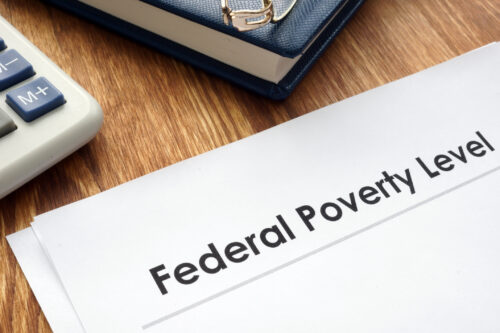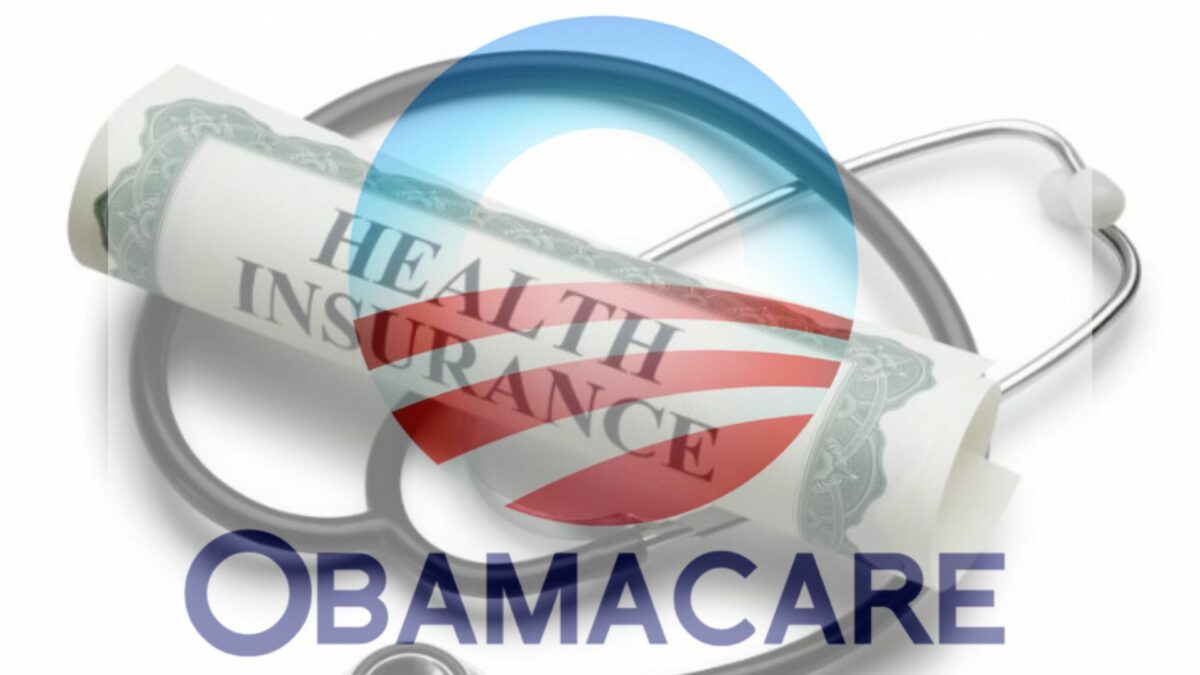“The small businessman is smart; he realizes there’s no free lunch. On the other hand, he knows where to go to get a good inexpensive sandwich.”
–Adam Osborne
I once remember talking to someone who said that her husband was a dentist and had been offered a pay raise. She wasn’t sure that they should take the pay raise because, according to her, it would “put them in a higher tax bracket.”
Palm, meet face.
At the time, I was not a financial planner. I was an intern at a law firm in Atlanta working on a tax law case, so that was almost as good as staying in a Holiday Inn Express in terms of making me qualified to speak about financial issues. However, even I, back then, knew that tax bracket increases weren’t retroactive. If you move up to a new tax bracket, it means that the extra income in the new bracket is taxed at the higher rate. All of the other income is taxed at the previous rates.
In other words, getting a few hundred dollars in a raise wasn’t going to cause their tax bill to skyrocket.
There is now, though, a situation where that exact scenario could happen.
Somewhere, in the bowels of Congress, where a bunch of overworked and underpaid staffers were busy churning out hundreds of pages of text for the Affordable Care Act (otherwise known as Obamacare) while their bosses were bloviating and showboating in front of cameras, somebody forgot to do a little basic math.
There will be a point at which earning an extra dollar could increase your health care costs dramatically.
How the Federal Poverty Levels (FPLs) and Obamacare Subsidy Threshold Could Dislocate Your Wallet

The intent of the Affordable Care Act (ACA) was to provide federal assistance in paying for health care if employer-provided health insurance was not available and you had to purchase insurance through a state-sponsored health insurance exchange. The line at which people were eligible for assistance is 400% of the federal poverty level; however, depending on how the states implemented the exchanges and the costs of the care, the line for assistance may be lower than 400% of the federal poverty level (FPL). As you make more income, you get less assistance from the government until, once you reach a certain threshold (it seems to be between 250% and 400% of the federal poverty level depending on your region), the assistance disappears.
This is not the same as jumping up into a new tax bracket. The subsidy, in the form of a tax credit – meaning a dollar-for-dollar reduction in your tax bill – doesn’t gradually drift away to nothing. Once you’re a dollar above the limit, POOF, the credit disappears.
The difference in costs is stark. I don’t normally say plan income around taxes, but this is the exception to the rule. If you’re in a situation like this and close to the line, you should definitely consult with a smart accountant.
If you’re concerned about doing your taxes correctly, I’ve used
TurboTax Online for several years, and, despite the complicated status of our taxes, have had no problems filing my taxes, saving us almost $1,000 compared to what we were paying our accountant when he prepared our taxes.
First, let’s examine how the healthcare subsidy works. Under the ACA, you are expected, based on your income, to contribute a certain portion of your income to healthcare premiums before you receive the credit. The calculation is based on a two-step process: first, how much are you required to pay into premiums as a part of your income? For people at 400% of the federal poverty level, this amount is 9.5% of the annual income. It decreases step-wise down to 2% for people at 150% of the FPL or lower.
The second step is the difference between what you’re required to pay as part of the second-highest Silver plan and how much you’re expected to pay based on your percentage of income. Subtract the two, and that’s your credit. If you get a plan that’s a higher amount/level than the second highest, then you must incrementally pay the difference. If you get a plan that is less expensive, then the premium credit decreases.
- Married Couple, Both Age 60: If you’re a married couple, age 60 and you pay the lowest Bronze plan premium in Barstow, then here’s how much you’ll pay, after subsidies, for your premiums, depending on your income:
- Modified Adjusted Gross Income of $62,039: $4,980 per year
- Modified Adjusted Gross Income of $62,040: $12,672 per year, or $7,692 more than if you had $1 less in MAGI.
- Family of 4 (2 parents age 40, and 2 kids under 21): For a family of four buying the cheapest Bronze plan using the Barstow rates, they will pay out of pocket, after subsidies, for their insurance premiums:
- Modified Adjusted Gross Income of $94,199: $8,304 per year
- Modified Adjusted Gross Income of $94,200: $8,928 per year, or $620 more than if they had $1 less in MAGI.
I can only imagine the agony that people are going to experience when they discover that they just exceeded a threshold and the tax credits disappear.
If you use the healthcare exchanges and you’re going to be close to the modified adjusted gross income threshold and are in danger of losing out on those exceptionally valuable tax credits, here are some things that you can do to reduce your taxable income:
- Contribute to a traditional 401k. If you are eligible for a 401k at work, contribute enough to get yourself under the threshold. Ideally, you’re at least contributing enough to maximize your employer match, if it is offered.
- Contribute to a traditional IRA. If you are not eligible for a 401k, or there is no employer match, you can contribute instead to a traditional IRA. By contributing to a traditional IRA, assuming that you are eligible, you can reduce your taxable income by the amount that you contribute to the IRA.
- Harvest investment losses. If you have investments that are now priced lower than your original purchase price, you can sell them for a capital loss. Make sure you do not repurchase those investments within a 30 day window or you will have a wash sale, meaning you cannot claim the loss.
- Defer year-end bonuses. If you’re due to get a bonus at the end of the year, speak with your employer to see if you can get paid in the following year rather than at the end of the year. This will defer the income; perhaps you can alternate years in which you receive bonuses, so that in, for example, 2014, you receive no bonus, but in 2015, you receive a bonus on January 1 and on December 31.
- Defer pay raises until you get enough of a pre-tax raise to account for the health premium impact. This is similar advice to deferring the bonuses, except in this case, you want to keep the pay raise on the books and enact the raise only when you have enough annual salary so that you’re making more, after tax, than you do when you’re under the income threshold.
While it’s impossible to get exact numbers from a Census survey, I estimate that somewhere between 3.5 million and 8 million families are going to be somewhere between $2,500 below to $2,500 above the income cutoff for receiving subsidies. That’s a lot of families who are going to have to do some tough planning to try to get under the adjusted gross income thresholds and who, by the selfsame definition, don’t have the money to spare to make mistakes. For these families, even though it may be a stretch, spending a few hundred dollars with a qualified and competent accountant will be well worth the cost if it can net them thousands of dollars in subsidies.
I still think that almost all families, whether or not they receive subsidies, should look at the Bronze plan as the default option, but the ACA subsidy threshold throws another wrinkle into what will be a tough set of choices for families who utilize the state exchanges.
If you thought this article was valuable, please share it with your friends using the social sharing buttons below.
Author Profile
- John Davis is a nationally recognized expert on credit reporting, credit scoring, and identity theft. He has written four books about his expertise in the field and has been featured extensively in numerous media outlets such as The Wall Street Journal, The Washington Post, CNN, CBS News, CNBC, Fox Business, and many more. With over 20 years of experience helping consumers understand their credit and identity protection rights, John is passionate about empowering people to take control of their finances. He works with financial institutions to develop consumer-friendly policies that promote financial literacy and responsible borrowing habits.
Latest entries
 Low Income GrantsSeptember 25, 2023How to Get a Free Government Phone: A Step-by-Step Guide
Low Income GrantsSeptember 25, 2023How to Get a Free Government Phone: A Step-by-Step Guide Low Income GrantsSeptember 25, 2023Dental Charities That Help With Dental Costs
Low Income GrantsSeptember 25, 2023Dental Charities That Help With Dental Costs Low Income GrantsSeptember 25, 2023Low-Cost Hearing Aids for Seniors: A Comprehensive Guide
Low Income GrantsSeptember 25, 2023Low-Cost Hearing Aids for Seniors: A Comprehensive Guide Low Income GrantsSeptember 25, 2023Second Chance Apartments that Accept Evictions: A Comprehensive Guide
Low Income GrantsSeptember 25, 2023Second Chance Apartments that Accept Evictions: A Comprehensive Guide

